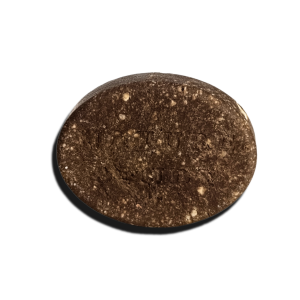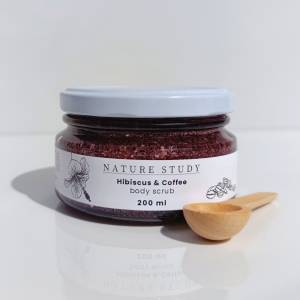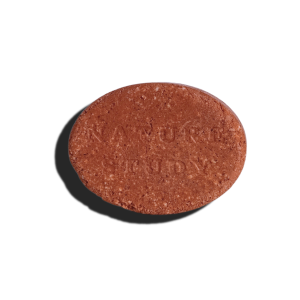Your cart is currently empty!
Coconut-derived Surfactants
By
.
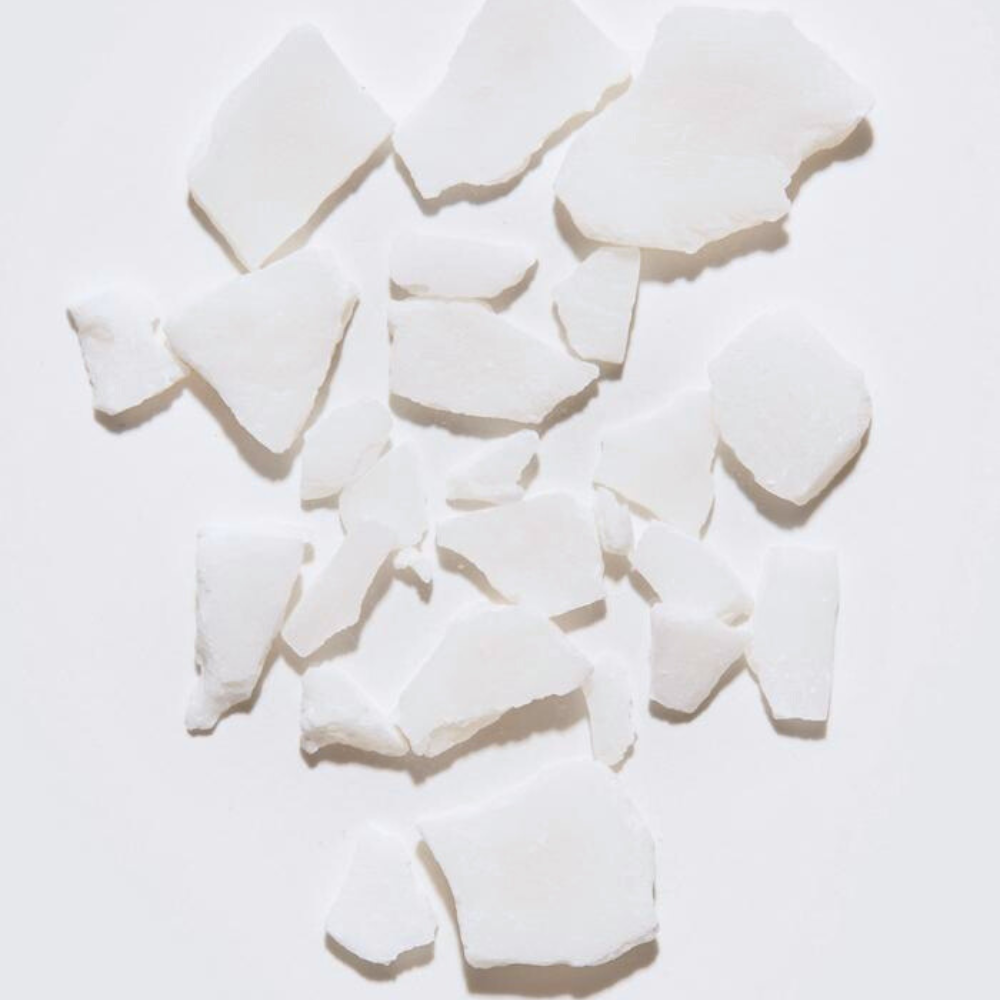
Coconut-derived surfactants make it possible and differs from the traditional soap-making process using fats, oils and lye.
Other names for lye you can look out for:
Alkali Base, Anion, Cation, Caustic Potash, Caustic Soda, Deliquescence, KOH, Metal Hydroxide, NaOH, Potassium, Potassium Hydroxide, Sodium Hydroxide.
Traditional soap is known for having a high pH level of 8 to 10 which doesn’t support the skin’s natural pH (4.7-5.5) which is more acidic and can unbalance the skin’s microbiome and lead to skin issues.
Here’s a few of the skin-loving surfactants we love including in our formulas:
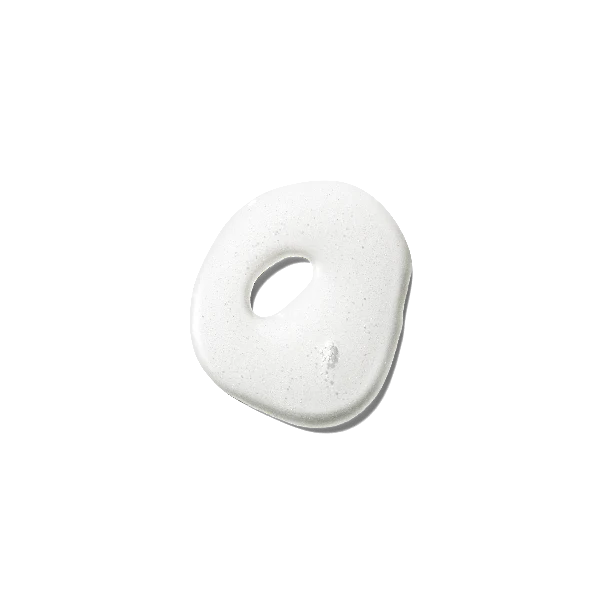
Sodium (disodium) Cocoyl Glutamate
Derived from coconut oil and glutamic acid. Ideal botanical ingredient for face cleansing to eliminate excess sebum and lessens the development of acne. Exceptional biodegradability.

Sodium Cocoyl Isethionate (SCI)
A mild surfactant derived from coconut oil and is often called “baby foam” due to its gentle nature. Provides a creamy lather and effective cleansing. Gentle, non-drying, biodegradable.
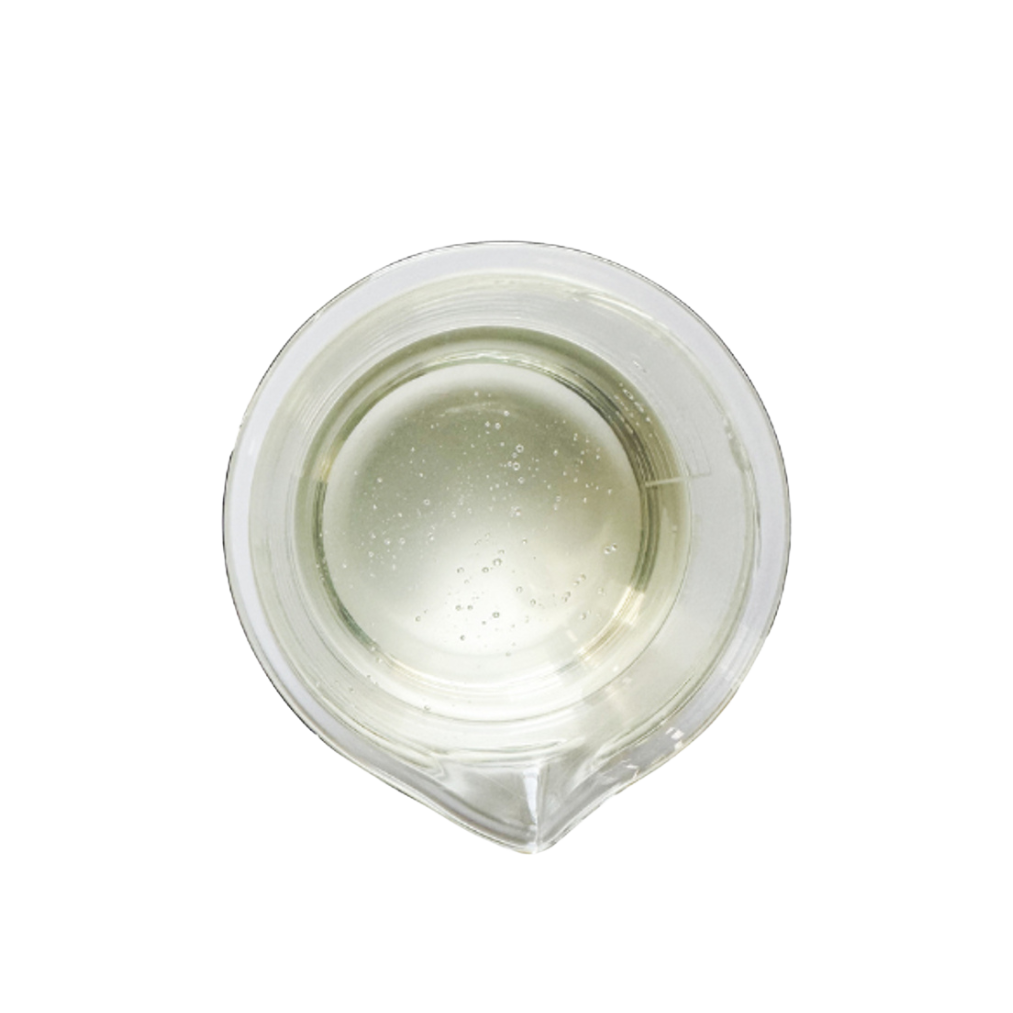
Coco Glucoside
Obtained from renewable coconut oil and glucose. While extremely gentle to the skin and mucus membranes, it exhibits excellent foaming performance. It delivers a perfect balance of mildness and cleansing properties, the most important attributes required for face cleansers.
Our waterless clay bars are handmade with all natural ingredients – clay, botanical oils, extracts and actives. They are also eco-friendly; they even come packaged in biodegradable PLA (poly lactic acid plastic) boxes.
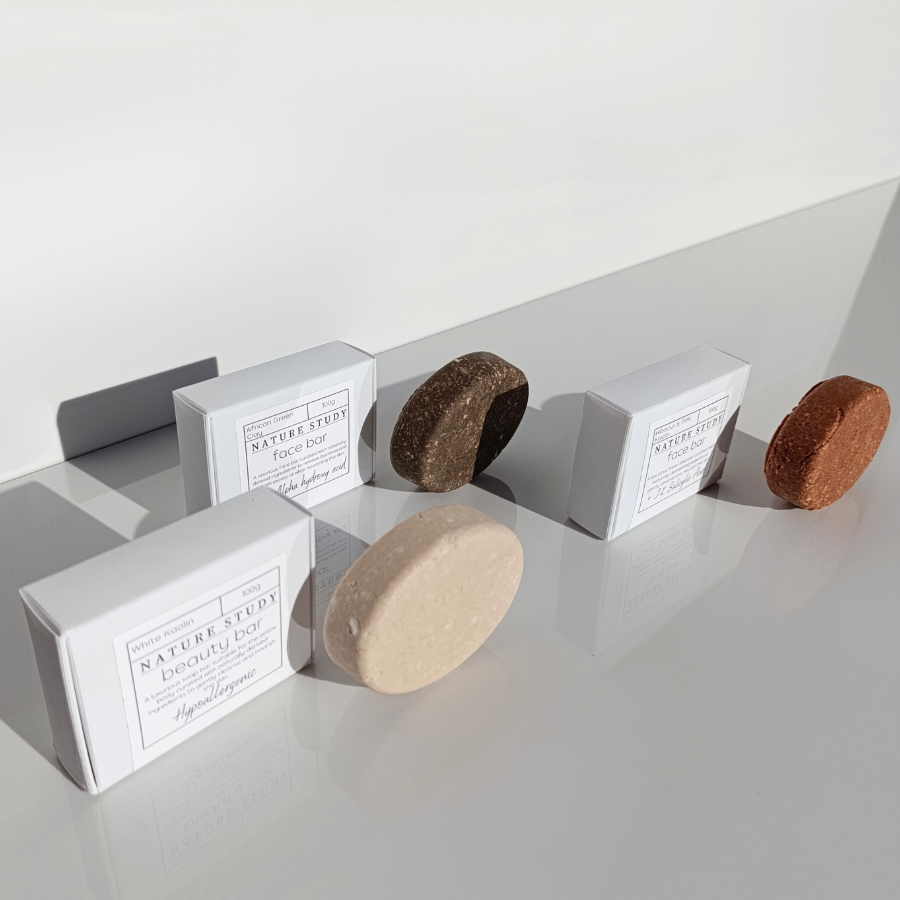
Hopefully this gives a deeper understanding of these wonderful plant-derived ingredients that make soap-free cleansing possible, inspiring us to make informed and better choices for the body and skin.
Cleansers
-
African Clay & Vita C face bar (+free wooden soap tray)
Original price was: R130,00.R100,00Current price is: R100,00. -
Aloe Ferox & Tea Tree body wash
Original price was: R250,00.R150,00Current price is: R150,00. -
Hibiscus & Coffee body scrub
Original price was: R250,00.R100,00Current price is: R100,00. -
Hibiscus & Pink Kaolin face bar (+free wooden soap tray)
Original price was: R130,00.R100,00Current price is: R100,00. -
Hypoallergenic White Kaolin beauty bar (+free wooden soap tray)
Original price was: R100,00.R85,00Current price is: R85,00.

